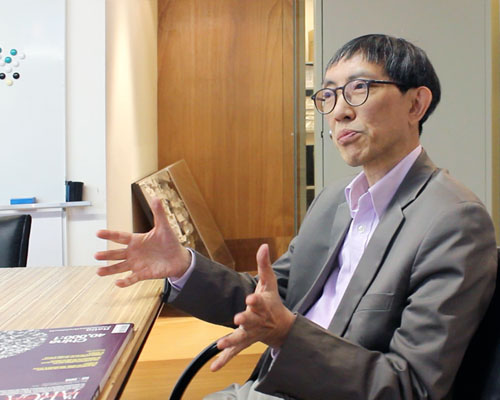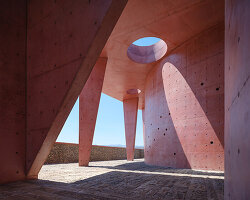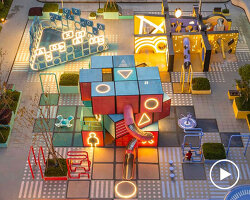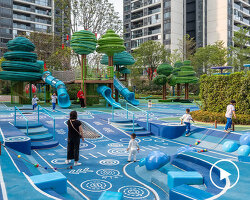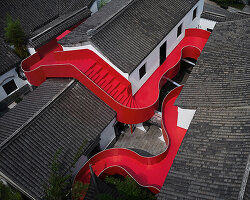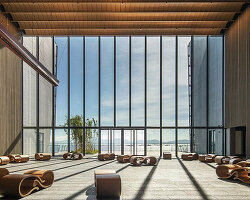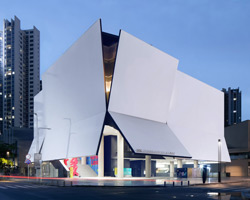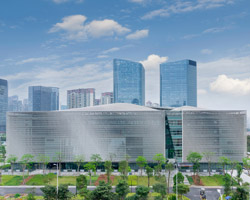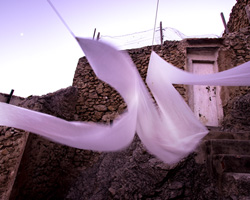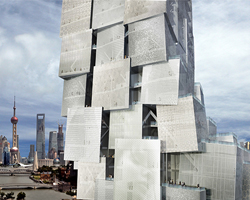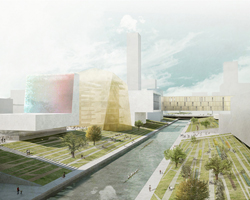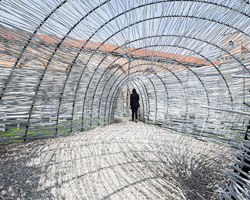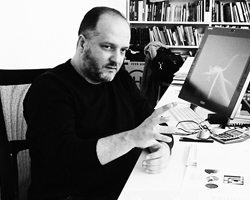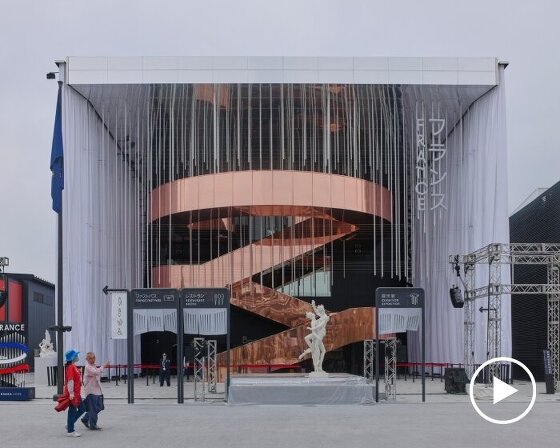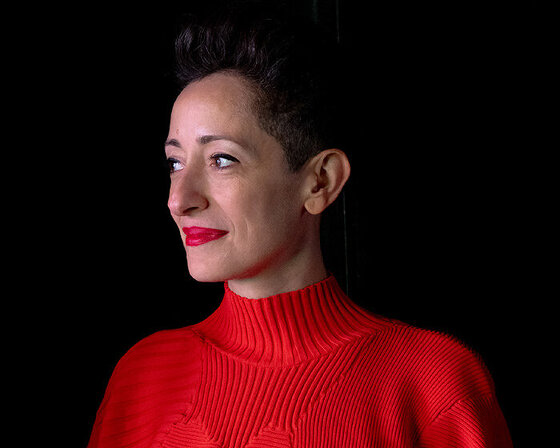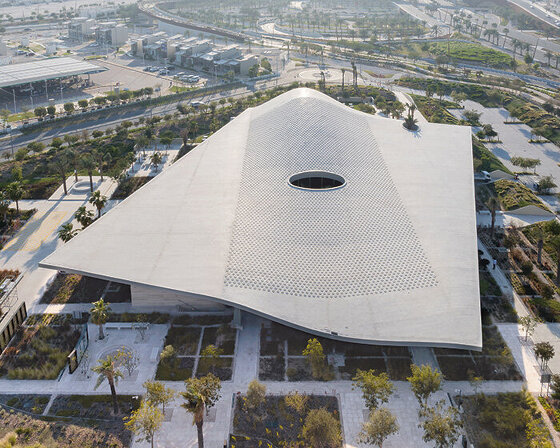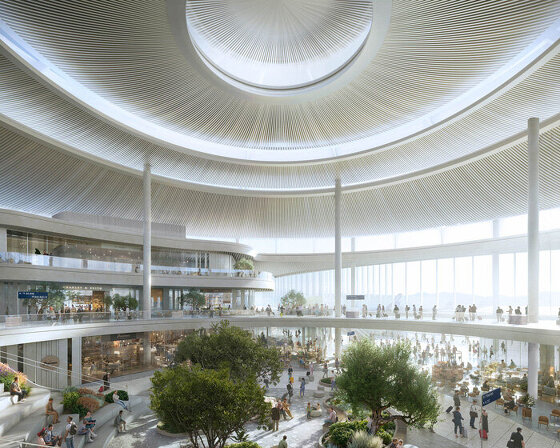TCA think tank asks rocco yim about the condition of chinese architecture
all images courtesy of TCA think tank
on the 38th floor of the AIA tower, rocco yim’s office faces the bay, from which you see the quintessential view of the city: the hong kong skyline. as the founder of rocco design architects (founded in 1982) he is responsible for the design of iconic buildings like the luk hoi tong tower and the guangdong museum. in this conversation with TCA think tank, he goes into detail about the condition of architecture created by a lack of context, objects as sources of influence, hierarchical spatial organizations, and cultures of density.
video courtesy of TCA think tank
within the confines of a vacuum context, it is difficult for designers to find a point of reference. as today’s generation is constantly trying to rebel with structures that are visually appealing, a problem arises in the possibility that their ideas can stray away from creating meaningful architecture. as a solution, yim believes that a purposeful design concept must be implemented that motivates others to follow its guidelines. this will lead to a collaborative effort in which multiple entities work towards a unified and succinct future for china.
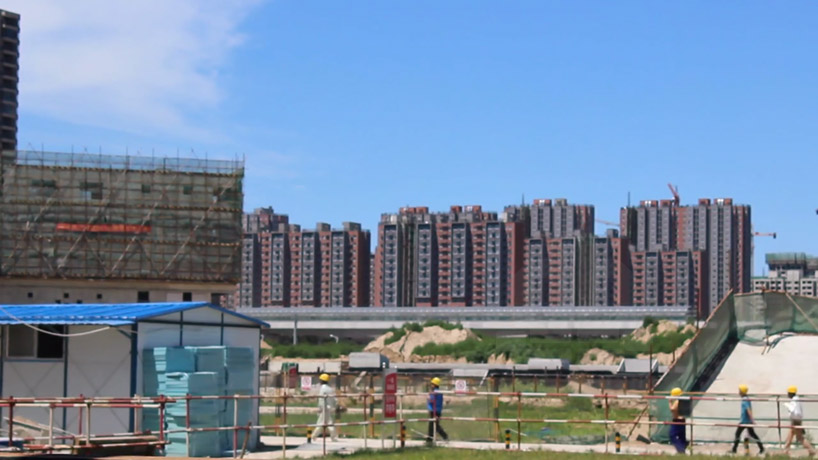
construction workers walking on the outskirts of the city
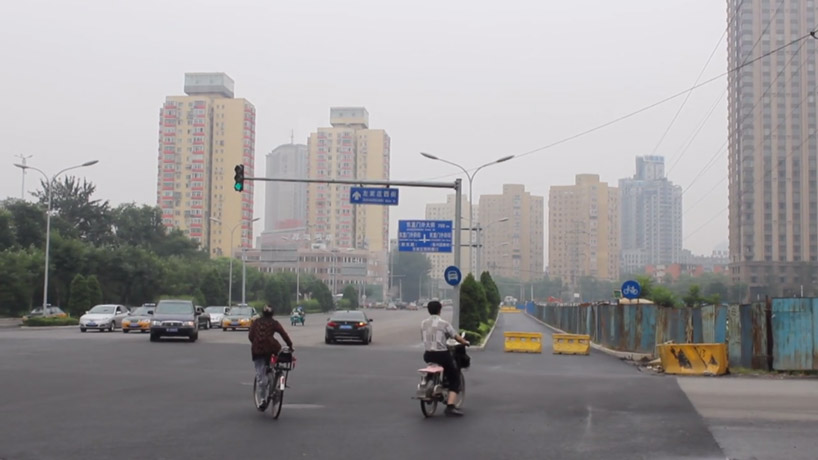
view of dispersed towers in china
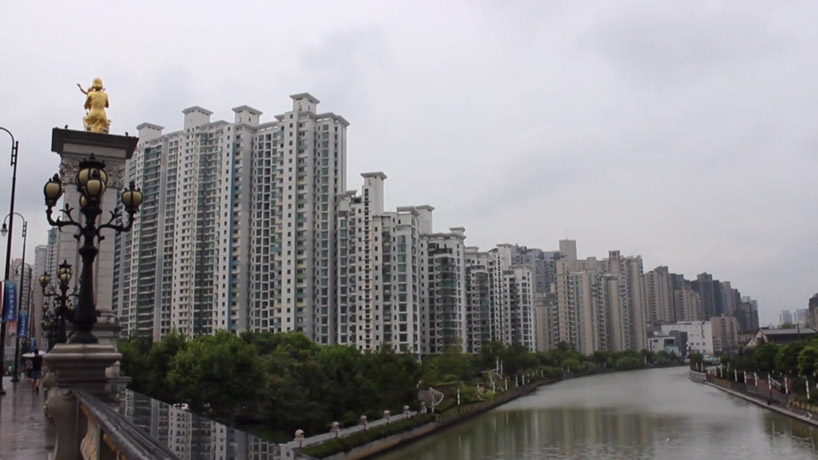
high-rises constructed along a body of water
as an designer, it is one thing to create a beautiful object that stands tall amongst its surroundings, but it is another to create efficient and effective spaces. ‘if that object gives you a hint as to how you could compose a certain special program, to meet the needs of that program, then it would be useful. and in the process, if that shape gives you a connection between the history of the place or the culture of the place the end product that would be even better,’ says yim. thus, the goal should be one of equilibrium, where buildings developed to be aesthetically functional.
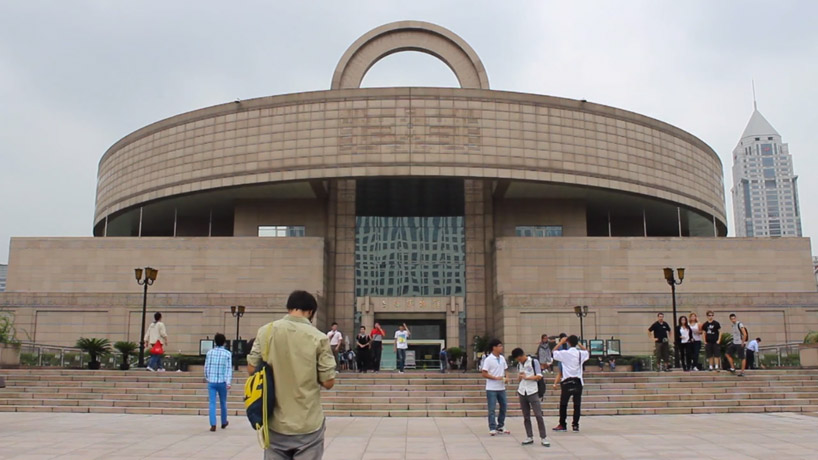
‘shanghai museum’ by xing tonghe
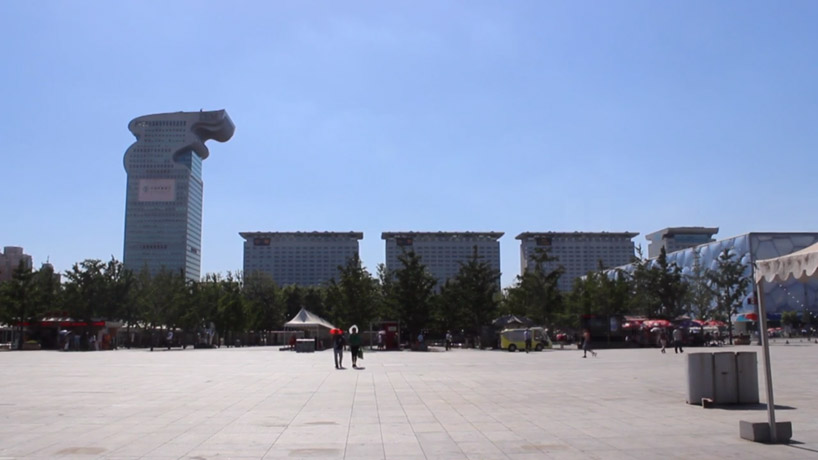
‘pangu plaza’ by CY lee & partners
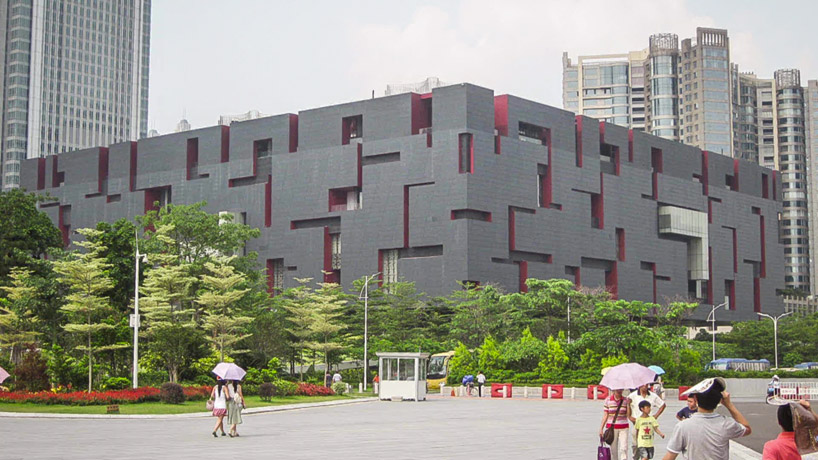
‘guangdong museum’ by rocco design architects
the hong kong-based architect then goes on to analyze spatial organizations throughout history. as time has passed, they have been determined in relation to the structures of families, the psychological effects they have on viewers, and the collective mentality they can create within communities. within each of these formats, whether it is a series of rooms ranging from the youngest child to the elderly grandmother, a tranquil garden blurring the boundaries between the interior and exterior, or a sequence of walls that protect the center of a village, a hierarchy is always developed. the understanding of each program assists the procession of movement, as anticipation is increasingly built up in the mind of the occupants. these characteristics provide lessons from the past that can be applied to contemporary typologies.

looking towards the center from within a fujian tulou
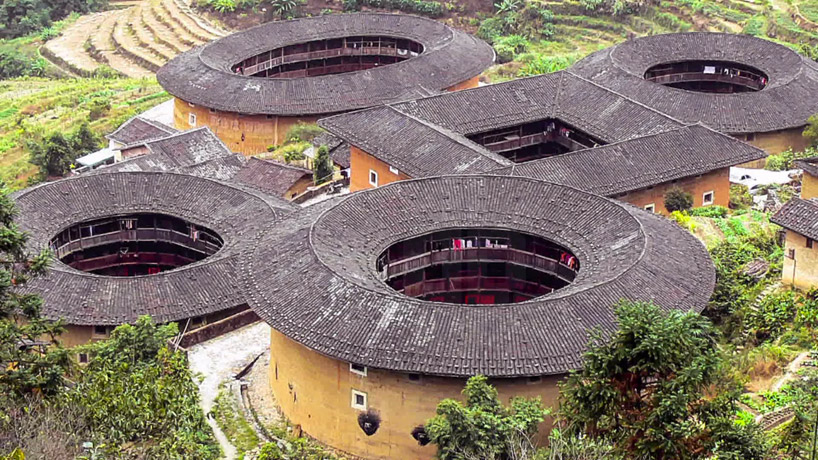
aerial view of a hakka tulou
with the population constantly rising, it was inevitable that large cities in china would begin to densify. architecture must respond by managing to operate with feature of a typical residence such as ventilation, noise reduction, privacy while accommodating the rising amount of citizens. in doing so, yim proposes that the formation of these building types supplement dynamic interactions amongst people as they travel along routes of connectivity. this strategy of fusing public and private realms will help break the common conception that individuals fall into the background of society within the overgrowing metropolis. the result is, ‘a tool through which we connect the city both visually and spatially. a city which is conveniently access, which also means that you will encourage, hopefully, to rely less on cars, which in turn, means it is a green future.’

housing that responds to the population density
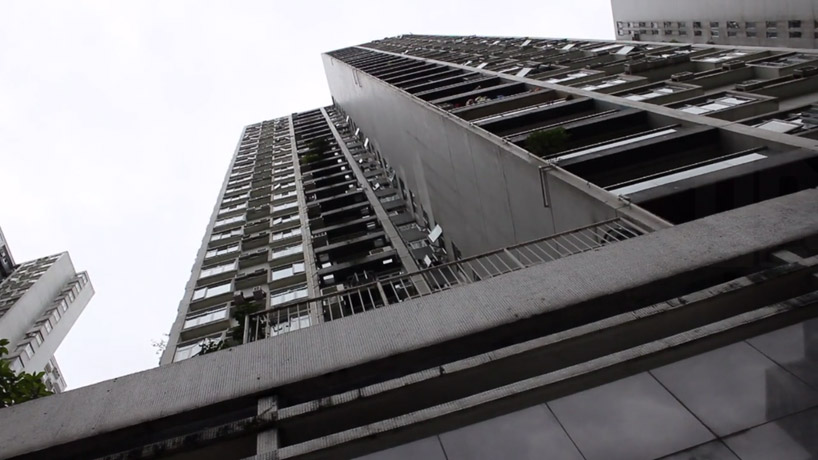
looking from the ground up the façade of a tower

rocco yim’s architecture collage
designboom has received this project from our ‘DIY submissions‘ feature, where we welcome our readers to submit their own work for publication. see more project submissions from our readers here.
